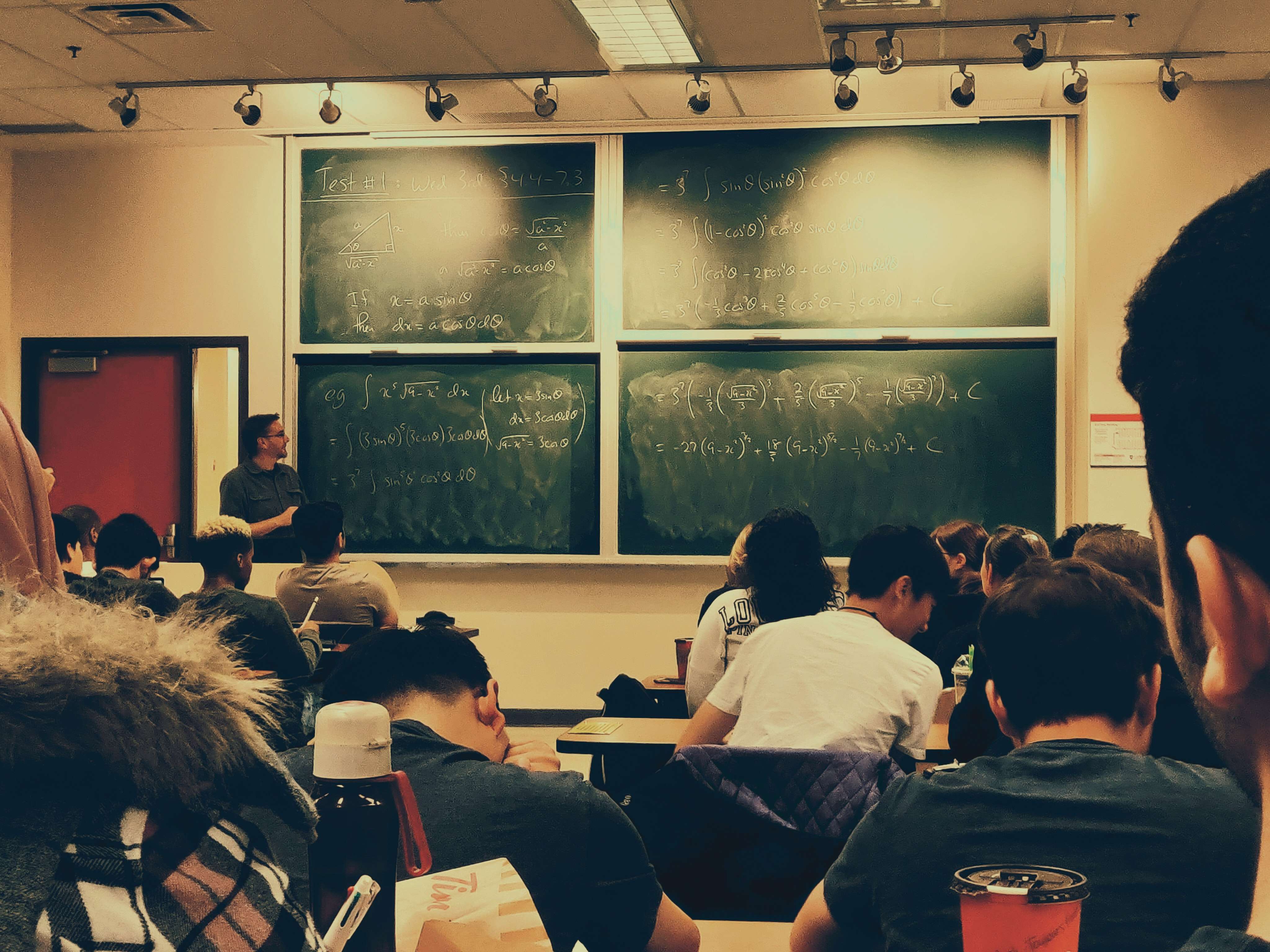Table of Contents
Teachers often struggle to find a balance between giving their students the information they need and giving them time to practice what they’ve been taught. One thing that is rarely on a teacher’s mind is free time, but that may be a mistake if a teacher’s goal is fostering independent learning. Best teaching practice seminars and professional development modules regularly guide teachers to craft very detailed lesson plans with specific objectives and milestones to reach by clearly timed intervals.
For example, teachers are told to call out “Five more minutes!” or “You should be done with the third problem by this point” during activities to keep students time structured. While these practices do give students very clear measures on what is expected and how they are doing, recent neuroscience research suggests these clear boundaries may actually limit students’ ability to be successful in the long term.
While there is already a plethora of research discussing differences in learning pace and structural needs, new research published in Cognitive Research: Principles and Implications last year hints that students not given time to work in a less structured, independent, and interactive environment have a decreased ability and comfort utilizing the skills they have learned in new contexts after they leave the safe haven of the classroom. Instead of trying to cram in as much lecturing as possible, teachers should focus on fostering independent learning in their students so that learning doesn’t stop as soon as they leave class.
New Research on Fostering Independent Learning

The researchers were interested in finding why some people were better at “wayfinding” than others. Wayfinding is a person’s ability to navigate to a specified location and keep track of the position of objects around them as they move.
They interviewed 159 undergraduate psychology students and gathered data about their wayfinding experience as a child. They asked questions such as the distance they were allowed to travel from home and the time they spent outside on average.
The results showed that children who were given more time, but more importantly, children who were allowed to travel further, were more adept at wayfinding and had less anxiety when trying to navigate in new areas. (Vieites et al., 2020) While this research may feel more akin to grandparents’ nostalgia for days when they “went out to play all day and didn’t come home until the street lights came on,” their point was based on a real neuroscientific phenomenon.
Fostering Independent Learning in the Classroom

But how does the ability to find one’s way outside connect with learning in a classroom? Research shows that learning is situated in the context in which it is learned. (Brown, Collins, & Duguid)
Just as the children who weren’t allowed to use their wayfinding abilities to play and explore outside struggle to navigate the world as adults, students will run into the same problem with the information they have learned in class if they aren’t given time to explore and practice what they’ve used in a context similar to how it will be utilized in their adult lives.
Students won’t be as confident or as capable as they would be if teachers gave students more time to practice and less time reading or listening to lectures. Teachers need to give students more independence and practice time rather than focusing on teaching content if their goal is really fostering independent learning.
More than that, students need time to get lost in material and develop strategies to overcome their mental blocks and learn how to find new information to answer their own questions rather than just relying on the teacher as the provider of all information.
More Research on Independent Learning
Teachers often worry that students are unprepared to do tasks by themselves and only after they have learned certain fundamental subject knowledge can they practice what they have learned based on what they know from the lecture. While to some extent true, many teachers still spend a significant portion of the class lecturing while students passively listen or perhaps take notes.
A study published in Cell Biology Education compared various teaching styles and found that “significantly higher learning gains and better conceptual understanding in the more interactive course” when compared with a traditional lecture format. (Knight and Wood)
While this isn’t very surprising for many teachers who are keeping up with current best practices, some teachers still don’t have the balance right. Teachers worry that if they haven’t taught something explicitly, how can they expect their students to know or understand how to do it? While this may have been a fair criticism in the past due to the limited availability of knowledge and the teacher being the main or even sole source for all information, this just isn’t the case in the modern world of the internet.
The researchers highlighted an important point, stating that “Thirty years ago, the future success of biology students might have been predictable by the amount of factual knowledge they had accumulated in their college courses. Today, there is much more information to learn, but the increasingly easy accessibility of facts on the Internet is making long-term memorization of details less and less important.” (Knight and Wood)
Fostering Independent Learning Through Student Passions
Teachers no longer need to feel they have the sole burden of providing all knowledge to their students. Teachers should instead view themselves more like a doctor or a parent in that while care and instruction are important, the focus is for the person to need the expert support less and less with the end goal of complete independence.
Just as children who were allowed to get lost and explore around outside were more confident and independent at wayfinding as adults, students who are let out into the digital world to explore will be better able to independently find their own solutions and overcome the problems they face as they navigate this new digital world.
Simply giving students a real world problem in the subject area, maybe putting them into groups, and allowing them to use whatever resources they can find will challenge students to learn concepts in an intuitive and useful way that is generated by the student rather than an academic formulaic approach which leaves students helpless when that method doesn’t work or requires adaptability.
This doesn’t mean the teacher should just sit behind their desk though as fostering independent learning is actually quite an active process. This type of teaching actually requires much more teacher interaction with students on a one to one basis, giving guidance where truly needed based on the students specific goals and content style.

For an English class example, rather than teaching students a specific academic structure for writing, having them actually create a free blog, social media account, or news page and let students track their own success with real world metrics like target audience engagement, page views, consistency of work, or even votes and feedback from classmates and the teacher.
Not only will this increase student engagement because they are creating something personal that represents themselves that they are sharing with the class and world via the internet, they also will leave the class with a website and content portfolio which can be used to apply for work or could become the students full time job should they choose to continue their project independently.
Instead of teachers spending time lecturing about things very few students will use after schooling like the steps of The Hero’s Journey or the elements of a Gothic short story, teachers can give some ideas to consider like target audiences, rhetorical styles or register and then allow students to explore how those ideas should be implemented in their context.
The student who aspires to be a news reporter might make a news blog and need to focus on higher register writing with a careful balance of logos and pathos based rhetoric along with the interplay of image and text, however the student who loves literature might instead create a literature blog and need to be able to read various works quickly and analyze the key literary elements before synthesizing them into readable and insightful analyses in their posts.
Additionally, this approach to fostering independent learning can be easily transferred to any subject. In a finance class, rather than just teaching flat economic theory and boring students with calculation methods for investments, giving students access to an online personal finance simulator or stock market simulation will allow students to try various approaches in an organic environment that directly connects with how they may use the information in their adult lives.
Online simulations are a fantastic tool for learning many concepts as they are a safe way for students to intuitively learn how concepts work in practice rather than just thinking they understand from lecture and then only being able to practice with real consequences after leaving school. Whatever subject is being taught, the main takeaway should be to model the classroom as much as possible on the real world contexts that students need to be prepared for.
This way students will already feel comfortable finding their way as the “paths” they travel will seem more familiar and their problem solving strategies will already be in place to keep them safe and prepared for whatever comes their way.
Want more like this? Make Lab to Class a part of your weekly professional development schedule by subscribing to updates below.
References
Brown, J., Collins, A. and Duguid, P., 1989. Situated Cognition and the Culture of Learning. Educational Researcher, 18(1), pp.32-42.
Knight, J. and Wood, W., 2017. Teaching More by Lecturing Less. Cell Biology Education, 4(4), pp.298-310.
Vieites, V., Pruden, S. and Reeb-Sutherland, B., 2020. Childhood wayfinding experience explains sex and individual differences in adult wayfinding strategy and anxiety. Cognitive Research: Principles and Implications, 5(1).




